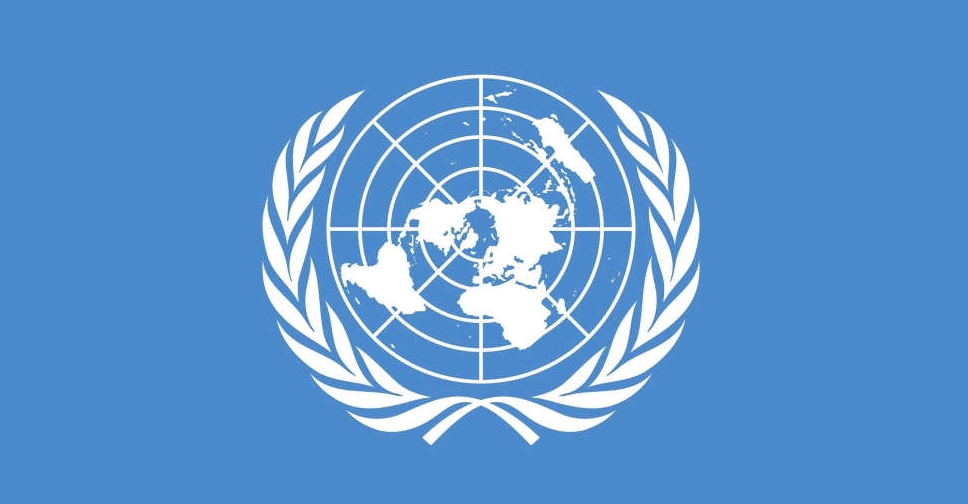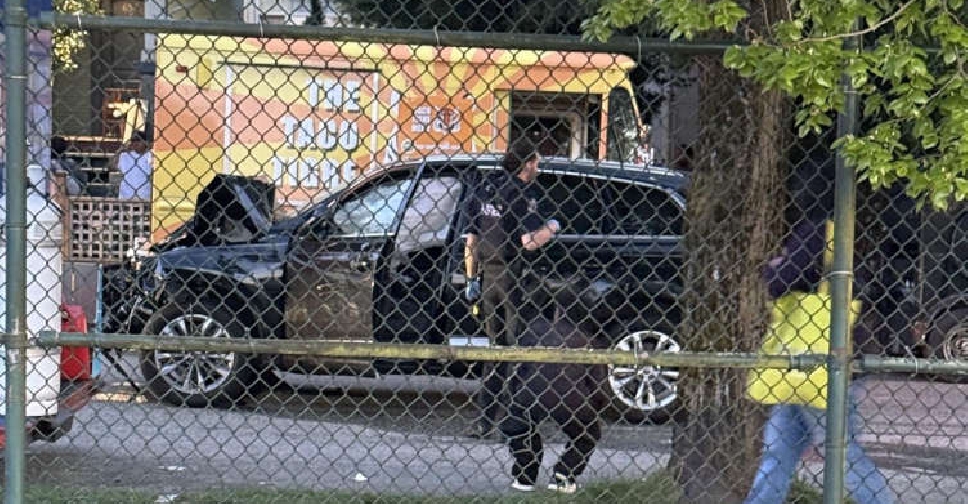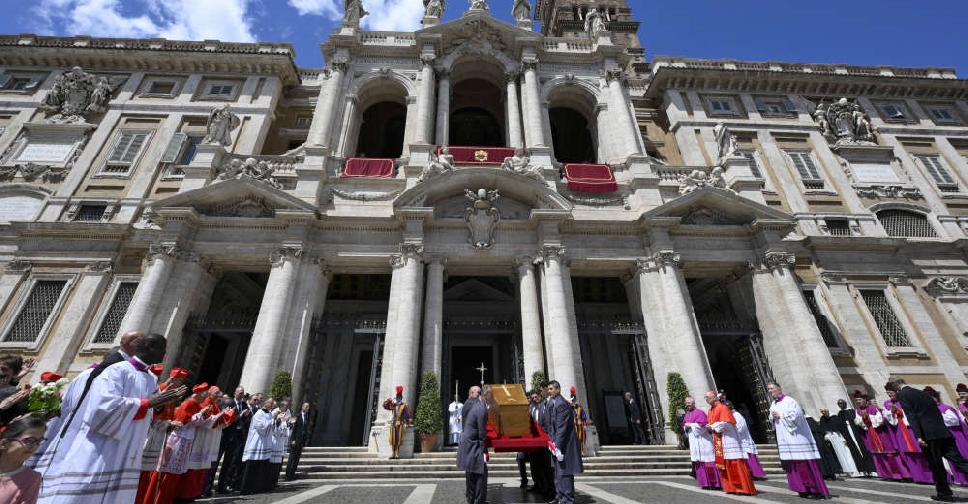
Japan on Thursday ended its call for higher-than-usual risks of a major earthquake, one week after a strong tremor on the edge of the Nankai Trough seabed zone caused the government to issue its first-ever megaquake advisory.
Citizens can now return to normal life as no abnormalities were observed in the seismic activity of the Nankai Trough located along Japan's Pacific coast in the past week, said Yoshifumi Matsumura, the state minister for disaster management.
A Japan Meteorological Agency (JMA) expert panel on August 8 released an advisory that there was a "relatively higher chance" of a Nankai Trough megaquake as powerful as magnitude 9, after a magnitude-7.1 quake hit the country's southwest.
While the advisory was not a definitive prediction, the government asked residents of a wide range of western and central regions to review evacuation procedures in case of severe earthquake and tsunami disasters.
Prime Minister Fumio Kishida cancelled a diplomatic tour to Central Asia and Mongolia over the weekend to prioritise disaster management.
On August 9, a magnitude-5.3 earthquake hit eastern Japan near Tokyo, but its epicentre was located outside of the Nankai Trough zone where the JMA signalled the chance of a megaquake, and the damage was small as only three mild injuries were reported.
Central Japan Railway ended its week-long precaution of reducing the speed of trains running near coastal areas, although the risk of another natural disaster, approaching Typhoon Ampil, forced the company to cancel high-speed trains connecting Tokyo and Nagoya on Friday.
Japan has predicted a 70 per cent - 80 per cent chance of a Nankai Trough megaquake occurring in the next 30 years.
The government's worst-case scenario has estimated that a Nankai Trough megaquake and subsequent tsunami disaster could kill 323,000 people, destroy 2.38 million buildings and cause 220 trillion yen ($1.50 trillion) of economic damage.
Japan is one of the world's most earthquake-prone countries. More than 15,000 people were killed in a magnitude 9 quake in 2011 that triggered a devastating tsunami and the triple reactor meltdowns at a nuclear power plant in northeast Japan.




 UN warns funding cuts threaten vital aid
UN warns funding cuts threaten vital aid
 Multiple dead in Vancouver after vehicle plows into street festival
Multiple dead in Vancouver after vehicle plows into street festival
 Rome and the world bid farewell to Pope Francis
Rome and the world bid farewell to Pope Francis
 Trump, Zelenskyy meet in Vatican basilica to seek Ukraine peace
Trump, Zelenskyy meet in Vatican basilica to seek Ukraine peace

